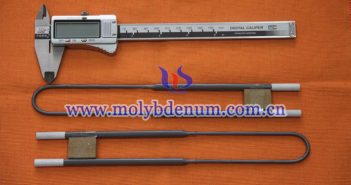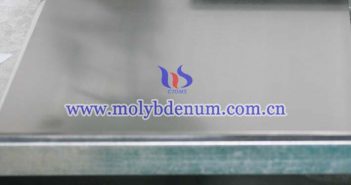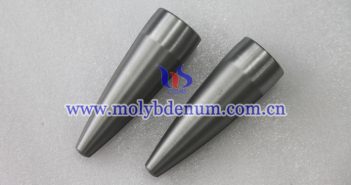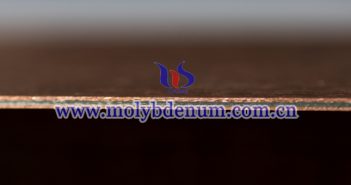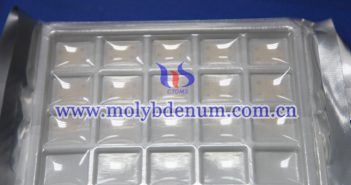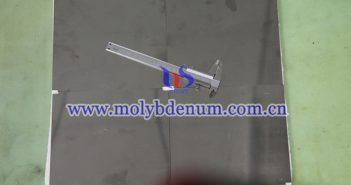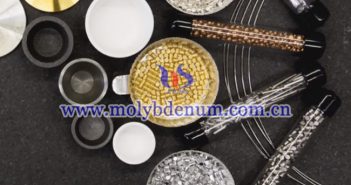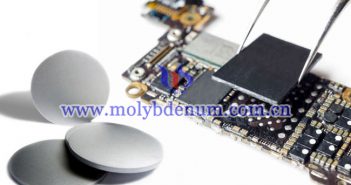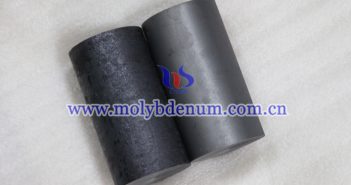
TZM, also known as titanium zirconium molybdenum, is a mature molybdenum alloy. The main advantage of using it is that it can well support applications where high strength and creep resistance are highly required. It is a stable metal and is not affected by temperature reduction and works well without weakening or softening. Alloying facilitates the vacuum arc casting process by which complete melting and mixing of molybdenum oxide and alloy is accomplished. Therefore, with the help of the two…

